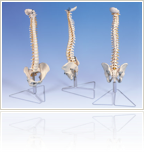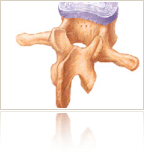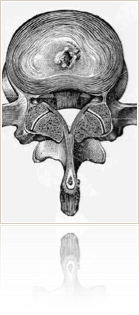




The first step in tissue engineering any type of construct is obtaining a source of cells. A large number of cells will be needed, so it is necessary that the cells be able to divide for a large number of generations in order to obtain a large population. The most obvious and controversial choice for a tissue engineering cell source is stem cells. Stem cells can divide a very large number of times, and have the potential to differentiate into more complicated but specialized cells. This becomes important when trying to create a construct that consists of several different types of tissues and cells. While embryonic stem cells have the most potential as far as growth and avenues of differentiation, adult stem cells still have a lot of potential to perform a needed task without the ethical controversy. Other cell sources, such as those from donors or other animals, could also be of help. However, when implanted these cells are often recognized by the immune system as foreign material. 

 The result is that the implant is attacked and the implant rejected. Stem cells do not initiate such an immune response, and are thus an ideal choice for tissue engineering. The use of adult stem cells will be discussed here, as they will likely hold the most promise in the future due to their lack of ethical and political hindrances.
The result is that the implant is attacked and the implant rejected. Stem cells do not initiate such an immune response, and are thus an ideal choice for tissue engineering. The use of adult stem cells will be discussed here, as they will likely hold the most promise in the future due to their lack of ethical and political hindrances.



There are several different classes of adult stem cells. The most promising class of adult stem cells for intervertebral disc engineering are mesenchymal stem cells (MSCs). These are bone-marrow derived stem cells that, unlike hematopoietic stem cells, do not give rise to blood cells. They are instead pluripotent progenitor cells that can give rise to bones, cartilage, muscles and tendons [1]. In fact, it has been shown that these types of cells can give rise to cells very similar to the ones found in the nucleus pulposus and annulus fibrosus [1]. When given the correct environment, these cells can be differentiated into the desired cell types. In addition, the cells can be harvested autologously, eliminating ethical issues and potential immune response issues [1]. They can simply be harvested from the individual that needs a new intervertebral disc. Once the source of cells has been established and the cells harvested or expanded in-vitro, they must be differentiated into the desired cells types.






1. Cell Source


